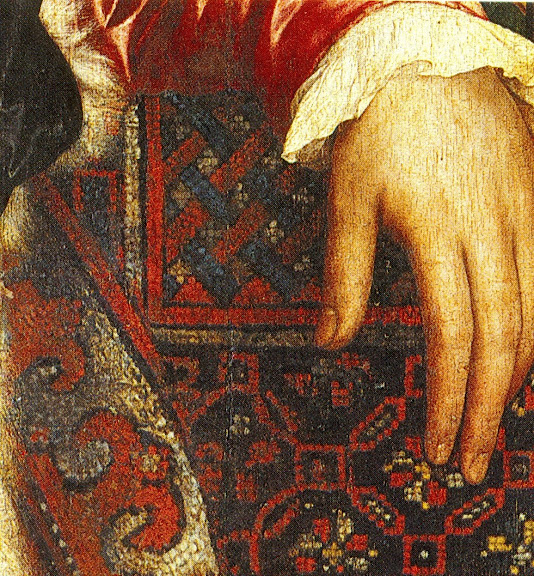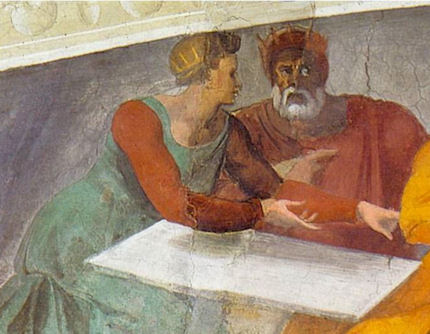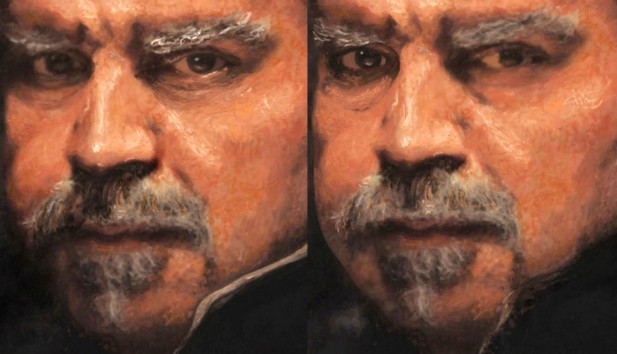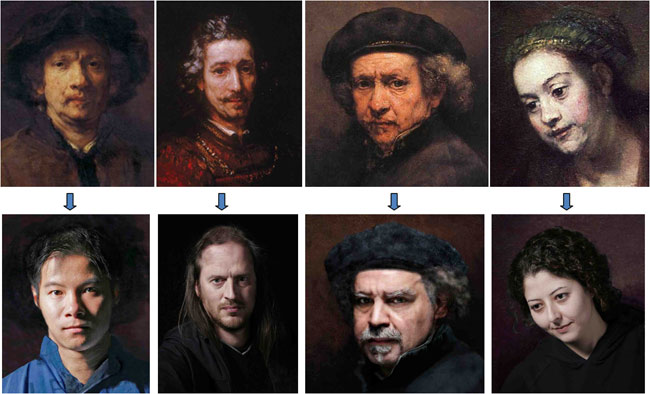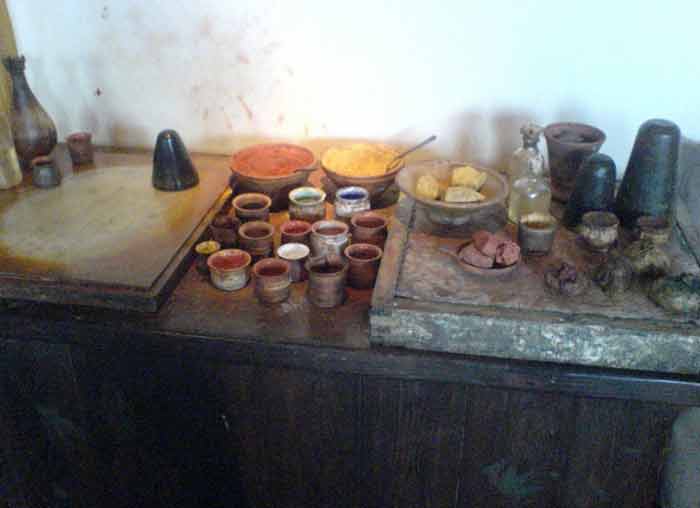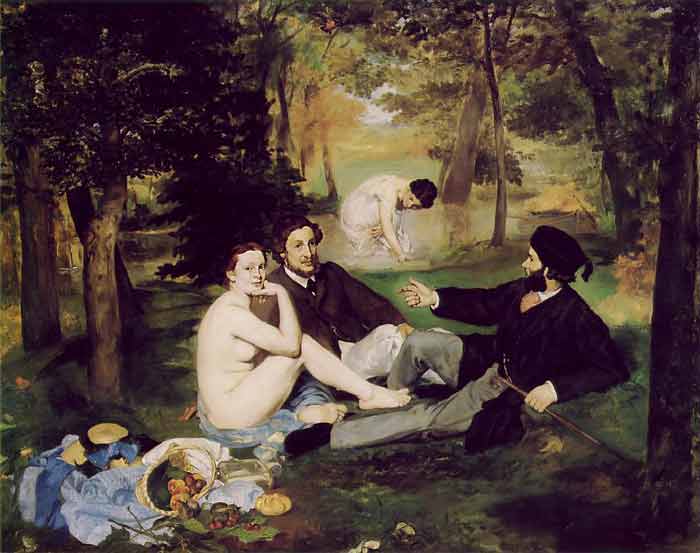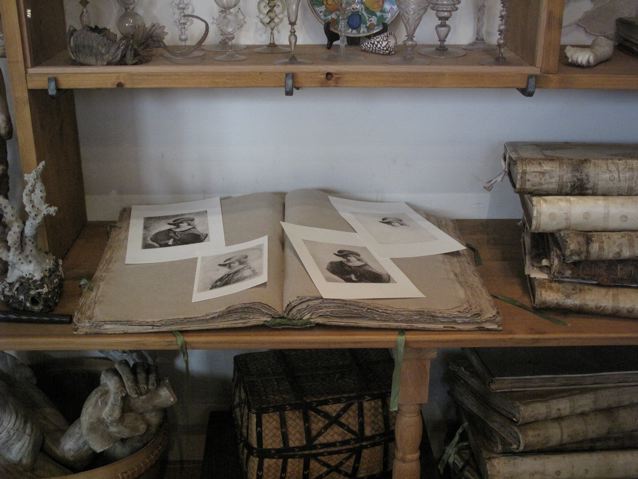On 21 Apr, 2012 With
The controversial Restoration of Holbein’s “Ambassadors” The Early Music pioneer (Sir) John Eliot Gardiner recently left the Daily Telegraph’s music critic, Ivan Hewett, reeling with incredulity by saying that he had not seen himself as a crusading musicological force but simply as a jobbing musician who recognised that “other views are valid, as long as they’re convincing in performance”. For Hewett, Gardiner had long epitomised the radical movement to “scrape the varnish” off music by playing on obsolete period instruments and eschewing later styles and types of musical understanding in attempt to produce historically authentic performances. For over half a century after the Second World War picture restorers at the National Gallery, London, sought to recover the historically authentic appearances of paintings by first removing…
Read More
On 19 Apr, 2012 With
The Controversial Restoration of Michelangelo’s Sistine Chapel Ceiling No single proof of a restoration-induced injury to a work of art could be clearer than the photograph shown here (Fig. 1) of a section of Michelangelo’s Sistine Chapel ceiling frescoes. It was taken after the last restoration and shows in its centre section a repair made in 1566 by the painter Domenico Carnevale when a section of Michelangelo’s fresco fell away during settlement of the building (see Fig. 2 diagram). Carnevale had re-plastered the loss and, while the plaster surface was still wet, faithfully painted it to match Michelangelo’s (then) surrounding colours and tones. The repair was a good one and for centuries it remained almost invisible (see Figs….
Read More
On 2 Feb, 2012 With
The Restoration of a Velázquez In 1973, for reasons still not clear to me, the Metropolitan Museum of Art in New York undertook a sweeping reassessment of many of its holdings, resulting in the downgrading of 300 old master paintings from attribution to the master to attribution to “workshop of”, “circle of” or “follower of”, removing them from the canon of those masters’ works and significantly depleting the value of the museum’s collection. Some of those pieces have been again reassessed, both in the light of continued scholarship and as the result of subsequent cleanings and restorations. Last year the Met cleaned and restored Velázquez’s Portrait of a Man, and in the process restored it to it’s original attribution — originating…
Read More
On 31 Jan, 2012 With
REMBRANDT portraits decoded A University of British Columbia researcher has uncovered what makes Rembrandt’s masterful portraits so appealing. In the study, published in the current issue of the Massachusetts Institute of Technology’s arts and sciences journal Leonardo, UBC researcher Steve DiPaola argues that Rembrandt may have pioneered a technique that guides the viewer’s gaze around a portrait, creating a special narrative and “calmer” viewing experience. Renaissance artists used various techniques to engage viewers, many incorporating new scientific knowledge on lighting, spatial layout and perspectives. To isolate and pinpoint factors that contribute to the “magic” of Rembrandt’s portraits, DiPaola used computer-rendering programs to recreate four of the artist’s most famous portraits from photographs of himself and other models. Replicating Rembrandt’s techniques,…
Read More
On 25 Jan, 2012 With
Secrets of Rembrandt’s Painting Technique Rembrandt’s paintings have transfixed viewers for centuries, but now a new study reveals a scientific explanation for their calming beauty. By painting more detail in and around the eyes of his subjects, Rembrandt tapped into an innate human attraction to the face. This creates a more calming and immersive experience for the viewer. To figure out Rembrandt’s painting secret, scientists used computer rendering to match photos of current models (and a scientist) with four of Rembrandt’s portraits. They manipulated four regions of the portraits: regions centered about each eye, on each side of the chin, and the region where the collar meets the skin of the neck. CREDIT: Steve DiPaola, James Enns, Caitlin Riebe. Steve…
Read More
On 20 Dec, 2011 With
Oil painting techniques: Rembrandt’s Palette Rembrandt was a Dutch painter and etcher. He is generally considered one of the greatest painters and printmakers in European art history and the most important in Dutch history. Lead white Ochres Bone black Vermillion Siennas Raw umber Burnt umber Lead-Tin Yellow Cassel earth
Read More
On 1 Dec, 2011 With
Dagnan-Bouveret’s Palette Palette: Cremnitz white Cobalt violet Cobalt blue Ultramarine Emerald green Cadmium colors Mars yellow Venetian red 3 different shades of rose madder: light, medium and deep Burnt sienna Mars violet Ivory black Dagnan-Bouveret was one of the leading French artists of the academic school. He was born in Paris, the son of a tailor, and was raised by his grandfather after his father emigrated to Brazil. Later he added his grandfather’s name, Bouveret, to his own. From 1869, he studied at the Ecole des Beaux-Arts under Alexandre Cabanel and Jean-Léon Gérôme. In 1873, he opened his own studio with a fellow student Gustave-Claude-Etienne Courtois. From 1875, he exhibited at the Salon, where in 1880 he won the first-class medal for the painting An Accident, and…
Read More
On 16 Nov, 2011 With
Clothed male, naked female in Art Clothed male, naked (or nude) female (on the internet sometimes abbreviated to CMNF) is a genre of erotica featuring one or more nude women and one or more clothed men. Such a scenario is described as a sexual fantasy by some men and some women. A common (but not essential) feature of such fantasy scenarios is that the woman’s one-sided nudity portrays the woman’s sense of vulnerability and humiliation in relation to the clothed man. One-sided female nudity can occur in actuality when a woman disrobes for the sexual pleasure of a man or other men, such as in a BDSM, sexual roleplay or other sexual activity, as an indication of sexual submission. Some…
Read More
On 9 Sep, 2011 With
The former residence of Dutch painter Rembrandt van Rijn has been restored to its former glory; the way it was when Rembrandt lived here in the 17th century. Everything’s there: his studio, his living quarters and his art. You’ll most definitely be surprised by his curiosity cabinet. When Rembrandt filed bankruptcy in 1656 an inventory was made and his valuable possessions were sold. Thankfully the list with Rembrandt’s inventory was saved and that’s how you can get a representative glimpse on Rembrandt’s life today. Besides the rooms of the house, the Rembrandt House Museum shows: Paintings by Rembrandt’s contemporaries, his pupils and his teacher ‘Pieter Lastman’. Rembrandt’s graphical work: The museum harbors a large collection of 260 Rembrandt etchings (in…
Read More
On 11 Aug, 2011 With
A French Naive or Primitive painter. Henri Rousseau was also known as Le Douanier (the customs officer), a humorous description of his occupation as a tax collector. Ridiculed during his life, he came to be recognized as a self-taught genius whose works are of high artistic quality. Henri Rousseau was born in Laval, France into the family of a tinsmith. He attended Laval High School as a day student and then as a boarder. He was mediocre in some subjects at the high school but won prizes for drawing and music. He worked for a lawyer and studied law, but “attempted a small perjury and sought refuge in the army,” serving for four years, starting in 1863. With his father’s death, Rousseau moved to Paris in…
Read More


